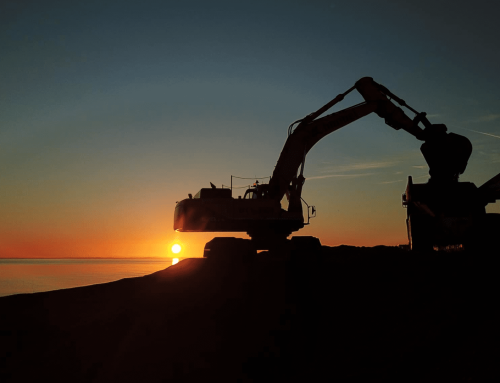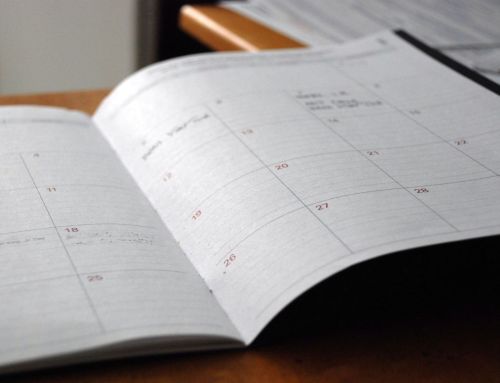Whether you’re managing a housing development, commercial build or a smaller local project, plant hire is often essential. But with so many steps involved, it’s easy to miss something that causes delays or safety issues. Use this quick checklist to keep things running smoothly.
Step 1: Identify your needs
Break your job into stages, digging, levelling, lifting, transporting, compacting, and match machines to each task. Diggers, dumpers, rollers, telehandlers and attachments all serve different purposes.
Not sure what you need? Give Chunnel Group a ring and we’ll match the right kit to your job.
Step 2: Check access and space
Measure gate widths, look for low-hanging wires or trees, and check if the ground can handle heavy machinery. Compact models or tracked machines might be better for awkward or soft sites.
Also, think about road access. Will delivery lorries need to reverse in? Are there parking or loading restrictions nearby?
Step 3: Choose operated or self-drive
If your team doesn’t have CPCS or NPORS cards, opt for operator hire. It’s safer and ensures the equipment is used correctly.
Got trained operators in-house? Self-drive could save you money, particularly on longer projects.
Step 4: Book ahead
Plant availability changes fast, especially in peak seasons like summer. Booking early gives you better options and avoids delays to your start date.
Step 5: Confirm delivery and collection
Agree on dates and times, check if a low loader is required, and ensure someone’s on-site to receive the machine.
At Chunnel Group, we handle all transport and paperwork so you don’t have to.
Step 6: Understand your hire terms
Before signing anything, make sure you’re clear on:
- What’s included in the hire rate
- Hour limits and charges for going over
- Fuel policy and who refuels
- Cancellation terms
- Breakdown procedures
- Rules around extensions or early returns
Step 7: Check certification
Your equipment should come with:
- LOLER certificates for lifting gear
- PUWER compliance paperwork
- Maintenance records
Don’t accept machinery without the proper documentation.
Step 8: Keep your site safe
Ensure everyone using the kit has the right training and PPE. Use banksmen where needed and follow operating procedures.
Many modern machines include cameras and safety alarms, use these features to your advantage.
Step 9: Stay in touch
If something changes or a fault develops, let your hire company know immediately. Good suppliers will respond quickly and help get things back on track.
Ready to get started?
Hiring a plant doesn’t need to be a hassle. Stay organised, plan ahead and work with a hire company that knows what it’s doing. If you’re based in the UK, speak to Chunnel Group today and we’ll help get your project moving.



